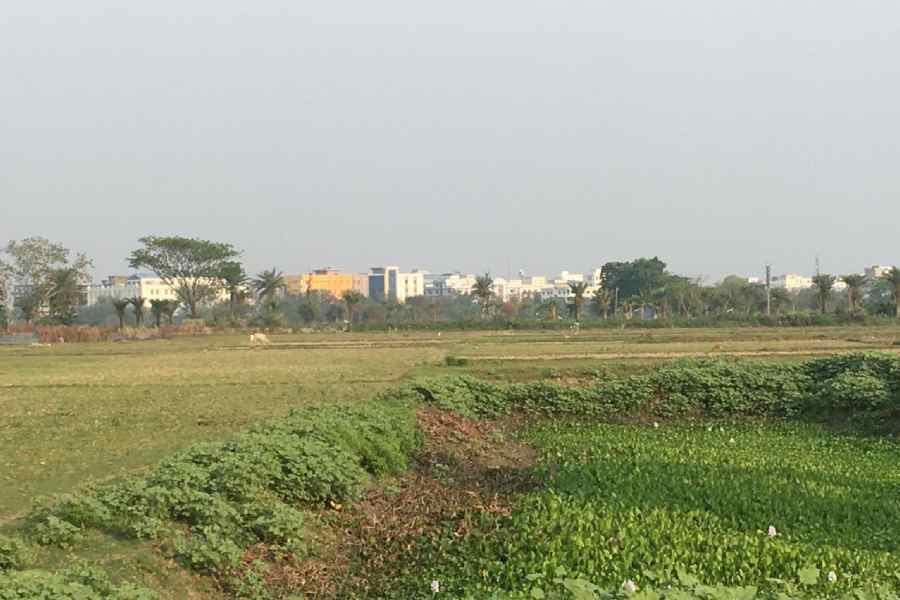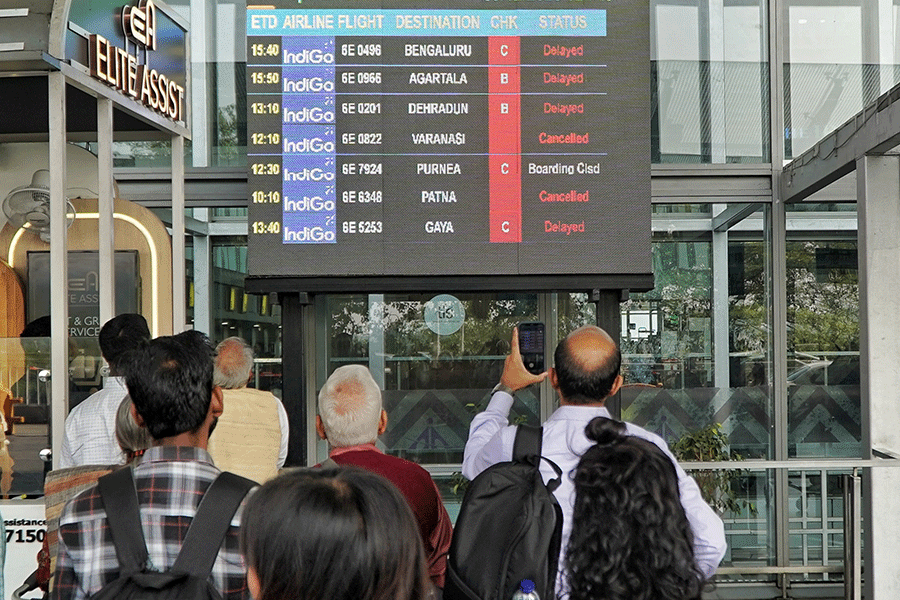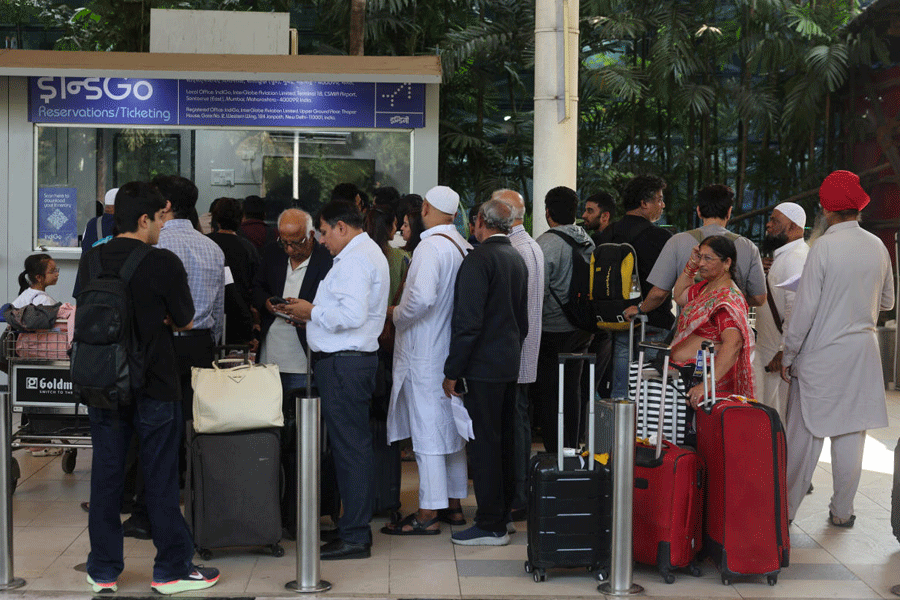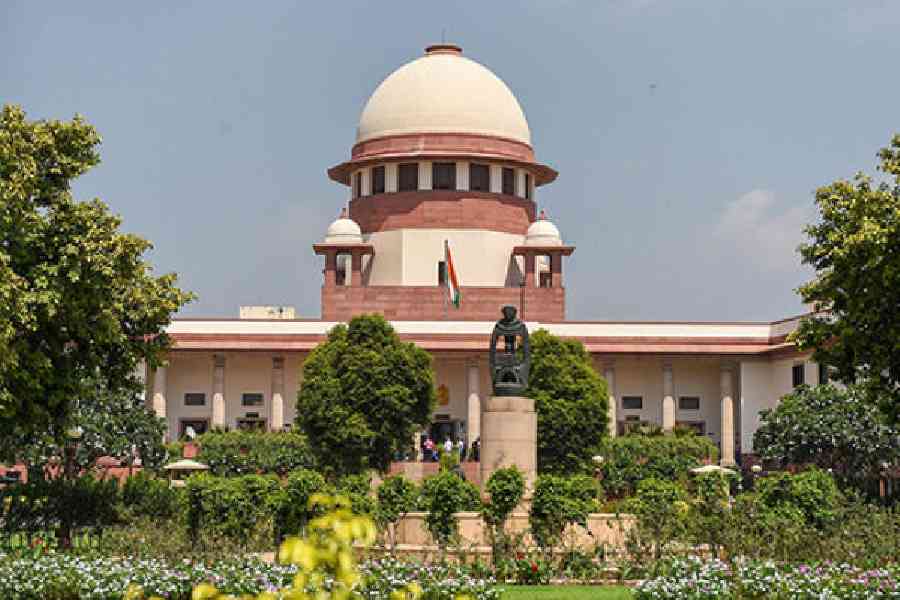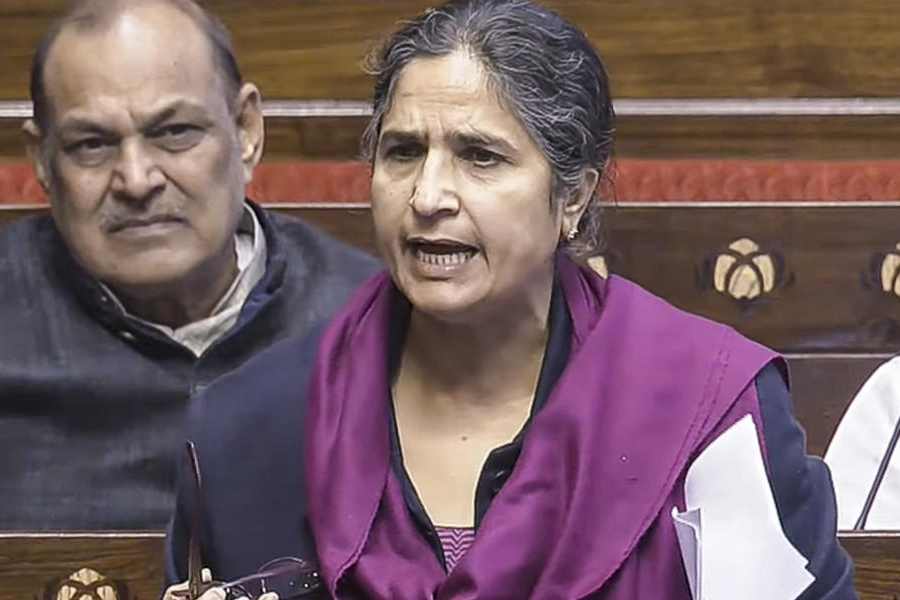Calcutta’s ‘kidneys’ are in further trouble. A recent study by students of Presidency University that was published in the journal, Modeling Earth Systems and Environment, found that the wetlands on the city's eastern flank are being increasingly encroached upon. Urban structures in Salt Lake, Rajarhat, New Town and adjacent areas have increased 11-fold between 1993 and 2003. Spread across 12,500 hectares, the wetlands naturally treat nearly 900 million litres of sewage daily through a network of 260 sewage-fed fish ponds, salt marshes and settling ponds, making them one of the largest absorber basins for wastewater treatment in the world. But unchecked urbanisation now poses a serious threat to their existence and the consequences are alarming. Excessive land use has accelerated the depletion of groundwater levels and increased the risk of flooding. Densely built vertical structures with improper urban canyons have led to the retention of surface heat, forming urban heat islands. Vegetation cover has nearly halved over the three decades. Rajarhat-NewTown — this region experienced double-digit year-on-year rental growth in 2023 — has lost more than 60% of its green cover.
The vitality as well as the vulnerability of Calcutta's wetlands had been flagged way back in 2002, resulting in their recognition as a Ramsar site. Protective legislative cover was extended through the East Kolkata Wetlands (Conservation and Management) Act and the formation of a management board. Yet, the wetlands have continued to shrink — losing 36% of their total area, from 65,300 square kilometres in 1991 to 42,000 sq km in 2021 — suggesting a profitable but shadowy nexus between the political class and the land sharks. Even the East Kolkata Wetlands Management Action Plan 2021-2026 says that between 2000 and 2020, 1,700 hectares of wetlands were allocated for fish farming while 1,000 hectares for real estate expansion. Worse, of the 20 million cubic metres target set in the New Town Master Plan 2017 to make up for wetland losses, only 5.5%. have been developed. The latest study predicts that at the current rate of urban expansion, built-up land is set to grow by 44% over the 2023 levels by 2033. That would be an unmitigated ecological disaster. There is a clear financial implication to conserve the wetlands: Calcutta saves an estimated Rs 500 crore in sewage treatment on account of its fragile existence. Tragically, this is not deemed as a sufficient incentive for the authorities with greasy palms to ensure that the wetlands continue to flush out toxins from the city.

